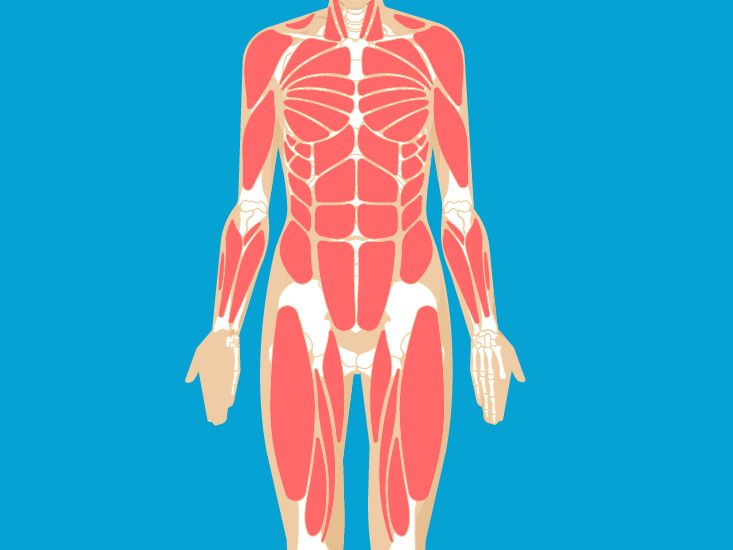Supranatural
FNG
- Joined
- Oct 21, 2020
- Messages
- 85
I just started training with a weighted pack (40#) by hiking trails and around the block. I get a muscle fatigue at the top of the thigh under the iliac crest - using the clock directions, if you picture it it’s the muscle that is at the 1:30 position for my right leg and the 10:30 for the left. It gets fatigued very quickly while my quads are still going strong. Occasionally I have to stop and rest for 30 seconds and get going again, but the fatigue comes back very quickly.
This is my first time with a real hunting backpack and weights so I’m wondering if it’s me or how I’ve fitted the belt. I have the belt snug according to the directions from the mfg so that the weight of the pack is supported by my hips. When I start out the belt feels tight but comfortable and feels that way the entire time. But could it be putting too much pressure on those muscles? Or is it me and the need to hike more and get those muscles in shape? BTW on normal hikes those muscles don’t fatigue at all.
This is my first time with a real hunting backpack and weights so I’m wondering if it’s me or how I’ve fitted the belt. I have the belt snug according to the directions from the mfg so that the weight of the pack is supported by my hips. When I start out the belt feels tight but comfortable and feels that way the entire time. But could it be putting too much pressure on those muscles? Or is it me and the need to hike more and get those muscles in shape? BTW on normal hikes those muscles don’t fatigue at all.

